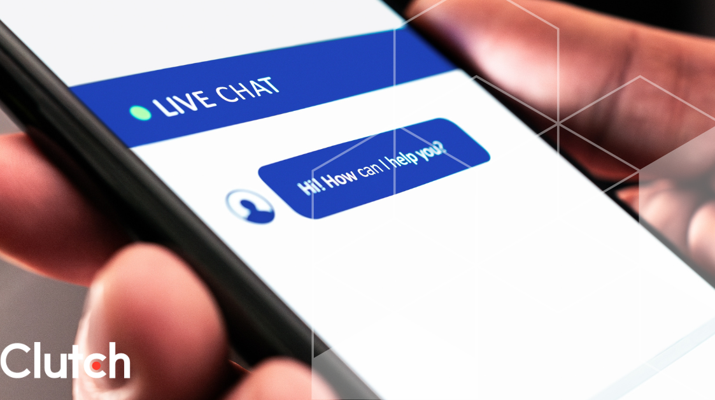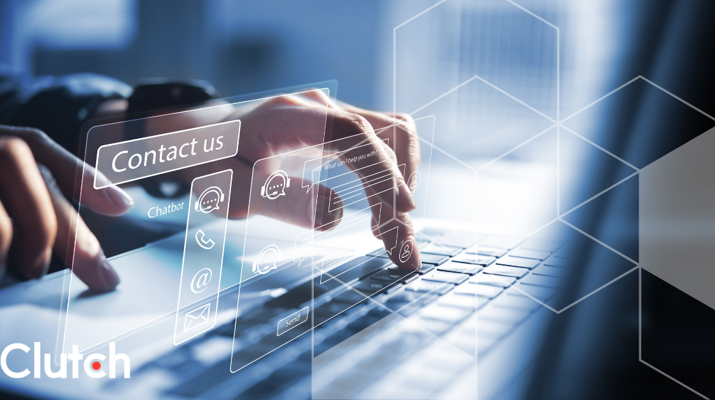UX design terms are prevalent in digital industries, and the presence of UX is only growing. Come up to speed on the most important terms in the industry to give yourself a solid basis of understanding in UX.
UX design is core to the product development, improvement, and optimization process.
A strong design has the power to directly affect bottom lines. Take ESPN for instance. A homepage redesign once catalyzed 35% revenue growth for the sports-focused company.
Looking for a User Experience agency?
Compare our list of top User Experience companies near you
Find a provider
Make sure you're not missing out on the benefits of UX for your business by developing an understanding of top UX terms — use our glossary to help.
64 UX Design Terms to Know
A
- A/B Testing: also known as split testing, A/B testing is when a designer users two versions of a design to learn which one performs best
- Accessibility: usability for people with disabilities or those who have unique product needs
- Affordance: a hint or suggestion that lets a user know how they should use a product
- Agile: a design approach that focuses on speed
B
- Backend: the server or database that’s working under the frontend to send data to the user
- Breadcrumbs: navigation that helps users find information through a hierarchical structure
C
- Card Sorting: a UX research method where focus group participants write labels on notecards based on their own intuition
- Case Study: a sample design that a designer includes in their body of work or portfolio
- Conversion Rate: the percentage of users that take the necessary or desired action
- CTA: “call to action” or an interactive part of a design that prompts a user to do something
- Customer Experience: how users interact with a product and the overall feeling they have about that interaction
Learn how much UX design costs with our UX design pricing guide.
D
- Design Elements: common frameworks designers use to create their designs
- Design Process: a group of design elements form a design process
- Design Thinking: a human-centered approach to design projects that involves empathizing with an audience, defining the problem, ideating possible solutions, prototyping a viable solution, and testing the solution to determine how well it solves the initial problem.
- Development Process: a group of backend pieces used to make a product
- Design System: a group of design processes create a design system
- Diary Study: a UX research approach that involves designers keeping an active log of their thoughts and experiences for a given period during a project.
E
- End User: an individual that will use a product or application
- Eye Tracking: advanced technology that measures eye movements to gauge how long a user is looking at a product and where specifically their gaze is fixed
Weigh the pros and cons of hiring an in-house UX designer vs. UX firm when looking for a partner.
F
- Final Product: a finished design and development iteration
- Flat Design: a UI that uses basic 2D design and bright colors
- Fonts: a unique alphabet designed so that all the letters have similar features
- Frontend: relating to the user-view of an application or product
- Functionality: a group of possible operations that a product supports
H
- Heat Map: a tool that shows where users click, scroll, and navigate on a browser page
- High-Fidelity Prototypes: an advanced iteration of a product that accurately shows how the finished version will look and feel
- Human-computer interaction: the general study of technical design and its ease of use for users
- HTML: a type of code that’s used to arrange a web page and its corresponding content
I
- Information Architecture: the area of design that centers on structuring information and developing a useful hierarchy
- Interaction Design: the study of improving a user’s experience within a product
- Iterative: a process in which a design is edited and shifted based on feedback
- iOS: the operating system for mobile devices created by Apple Inc.
J
- Journey Map: a visual depiction of a designer’s full process in creating work
K
- KPI: “key performance indicators” are measurable metrics used to gauge success of a process
L
- Landing Page: a digital webpage that prompts users to take an action
- Low-Fidelity Prototypes: hand-drawn or simplistic designs used to visualize screen layouts
M
- Mental Model: how a user interprets a product’s UX design
- Methodology: a way of accomplishing a design goal
- Microcopy: tiny pieces of text found on websites and products
- Mockup: a static wireframe that includes realistic product features
- Modal: a dialog box that pops up when a user clicks on something on a product’s screen
- MVP (Minimum Viable Product): a finished, usable product with few advanced features
O
- Onboarding: a series of screens that gives a user a guided introduction to their product
P
- Pain Points: issues that occur at different stages of a user’s experience
- Product Development: adding code and functionality behind an established design
- Product Design: the process of creating and iterating on products with the intention to address specific issues in the market
R
- Research Method: an avenue for gathering information on a given design topic
S
- Software Development: a set of computer science activities dedicated to supporting software
- Storyboard: a sequence of drawings that plan out a product
T
- Target audience: The target users companies are looking to attract
- Touchpoints: the ways a system uses to meet a specific user need
- Typography: the font and overall style of a text-based content asset
Discover how to build a UX/UI design budget with Clutch's guide.
U
- Usability Testing (User Testing): the process of collecting feedback about a product’s usability
- User Experience: also called UX, user experience is the way a user interacts with and reacts to a product
- User Experience Design: the process of curating a product to the nuances of a user demographic
- User Flow: pictures that show a user’s path when interacting with a product
- User Interface Design: the design of the screens a user sees when engaging with a product
- UI Elements: pieces of a user experience, such as CTAs or landing pages
- User Journey: The customer journey a user takes when using a product
- User Research: investigating the need behind products and if they should be created
V
- Visual Representation: a 2D or 3D physical manifestation of a verbal concept
W
- Web Page: any hypertext document on the internet
- White Space: areas on a web page without copy or images
- Wireframes: an image that depicts the functional elements of a website or product
UX Design is a Huge Part of Online Products
While it’s important to understand UX terms if you plan on engaging in UX-related work, knowledge building doesn’t end there. If you’re looking to invest in UX design assets, it’s best to hire an expert who can put that understanding to action.
In need of a UX or UI designer for your business? Browse our directory of the top service providers.
About the Author
Sydney Wess
SEO Manager at Clutch
Sydney Wess is a SEO manager who focuses on strengthening organic performance and building topical authority for Clutch.
See full profile




